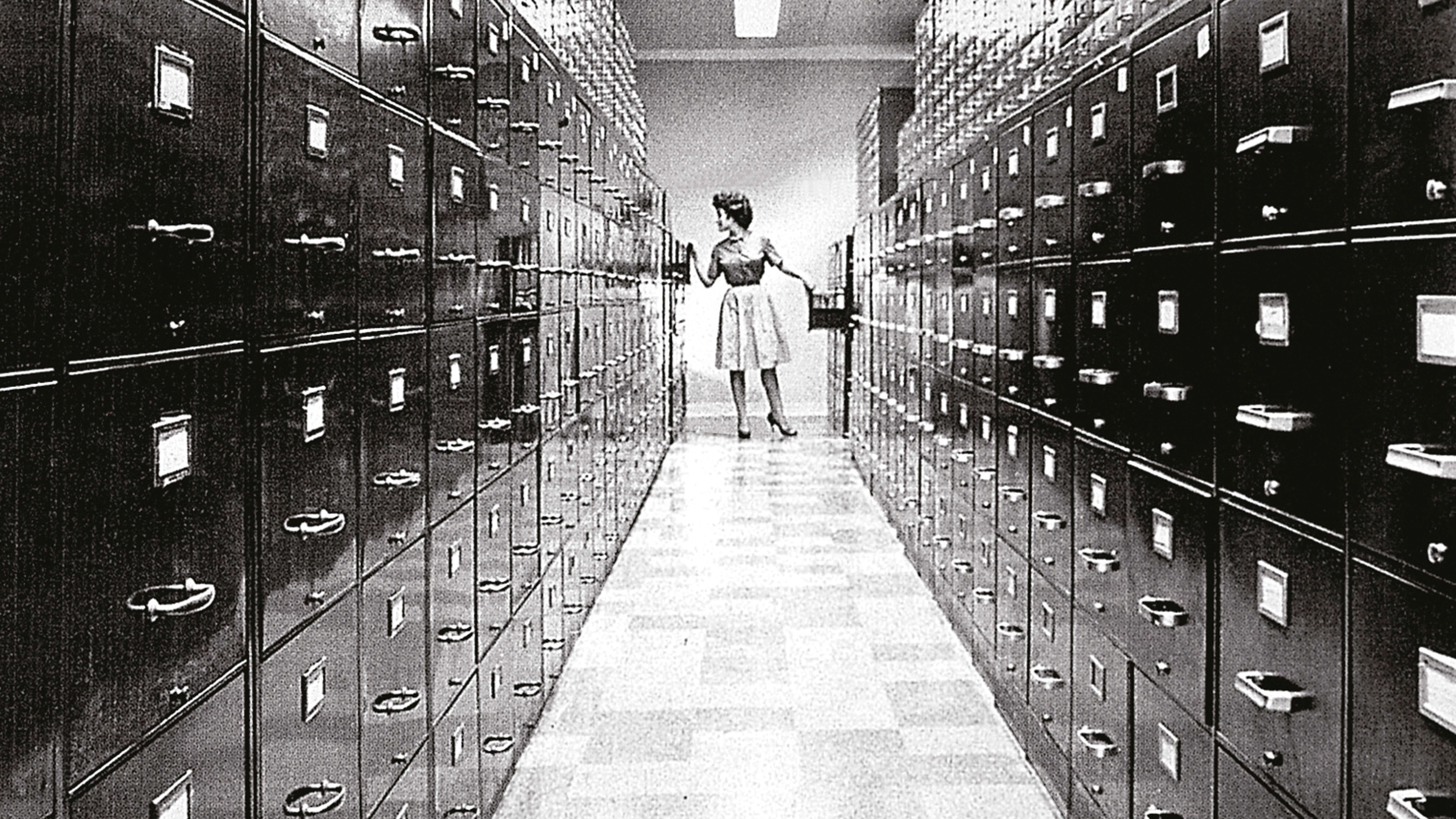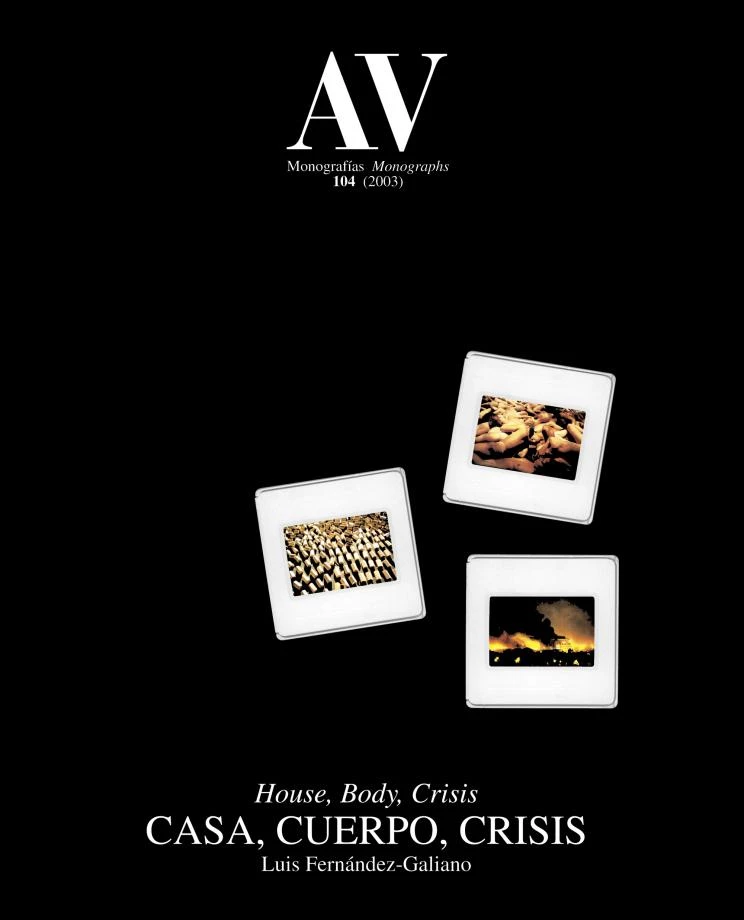
Office archive
The city is at once the product of composition and of construction: the almost metaphysical mannequin of Grosz presents with a mutilated gesture an urban fragment built with the mute ashlars of geometry, and the articulated puppets of Léger show with naif poetry the choral epic of the assembly of a metal structure; the stone logic of composition and the steel logic of construction shape the city. Be it from the mechanical sources of Le Corbusier or from the organic affinities of Wright, the large buildings of contemporary cities are designed using the same tools as premodern architecture: a vocabulary of forms and a catalogue of pieces. But submitted to the rule of mass production and the factory, the project becomes an assembly line, leading to a Taylorite architecture with a penitentiary aura. If in 1931 René Clair compared the assembly line with the prison regime – something that decades later is sadly repeated in the factories and detention centers where minors work or serve sentences –, clerical work is today the best example of the imposed standardization of panoptic control. From the smiling satire of Jacques Tati to the icy documentalism of Andreas Gursky, the office today is the metaphor of the world...[+]






